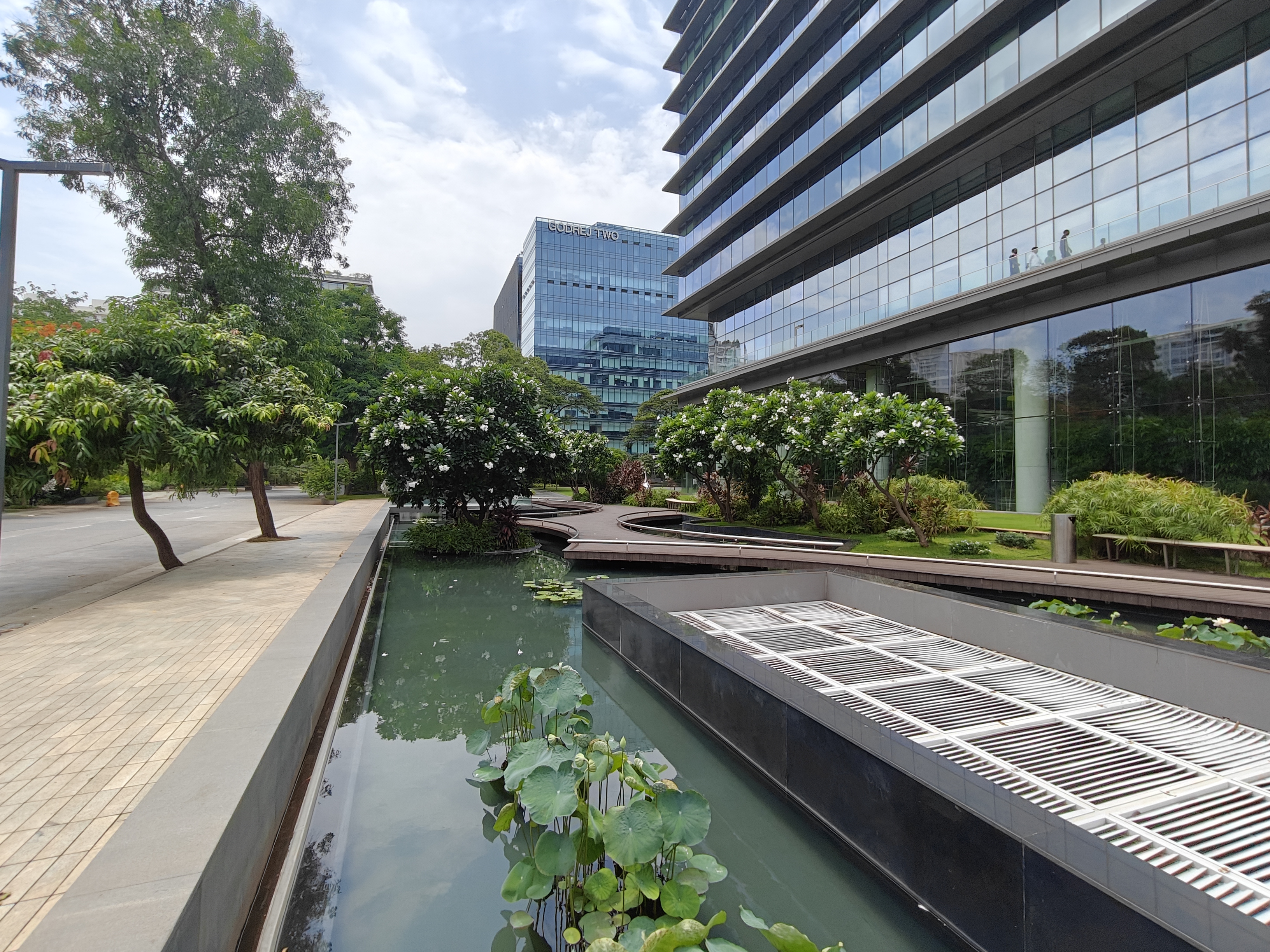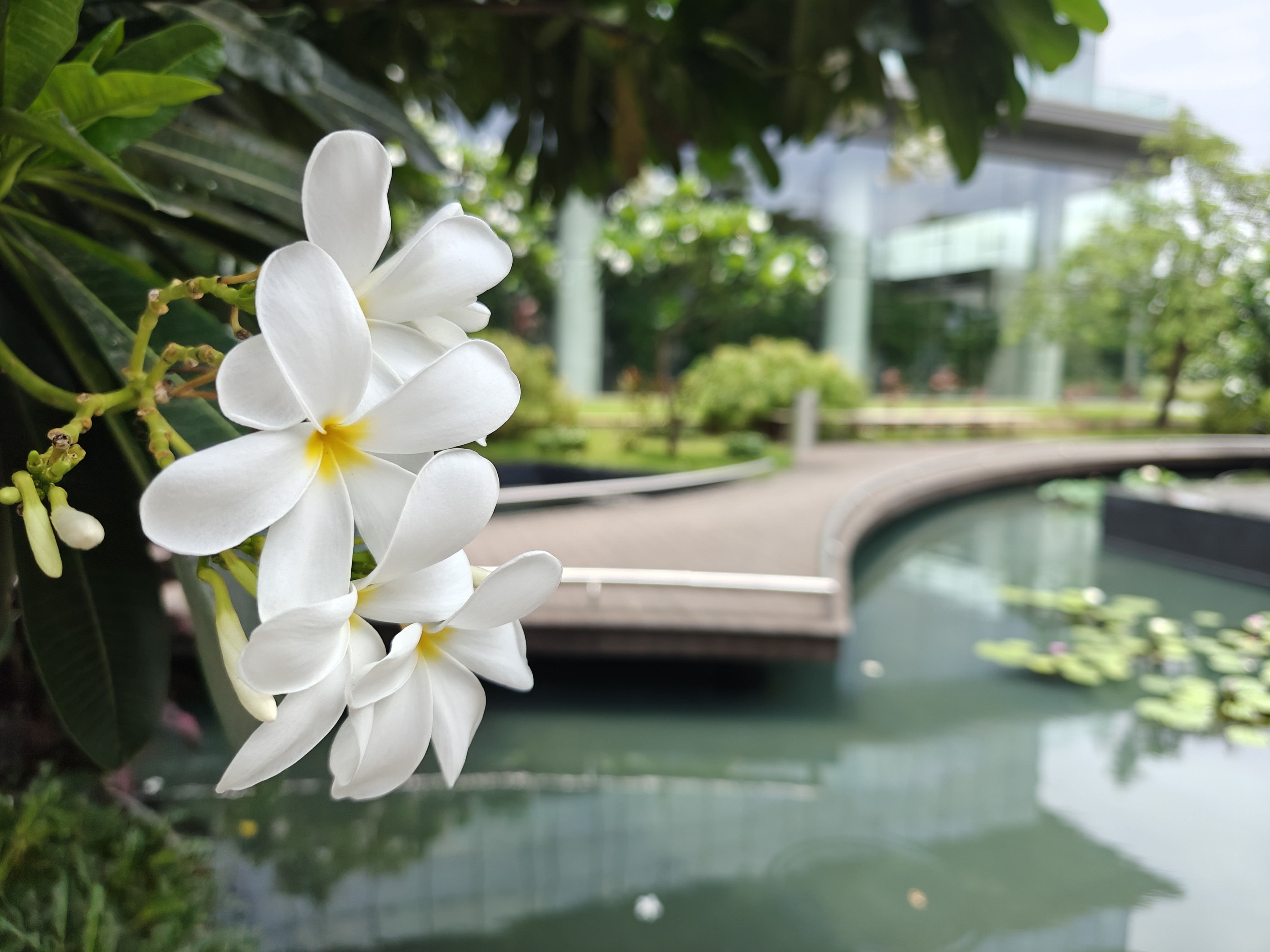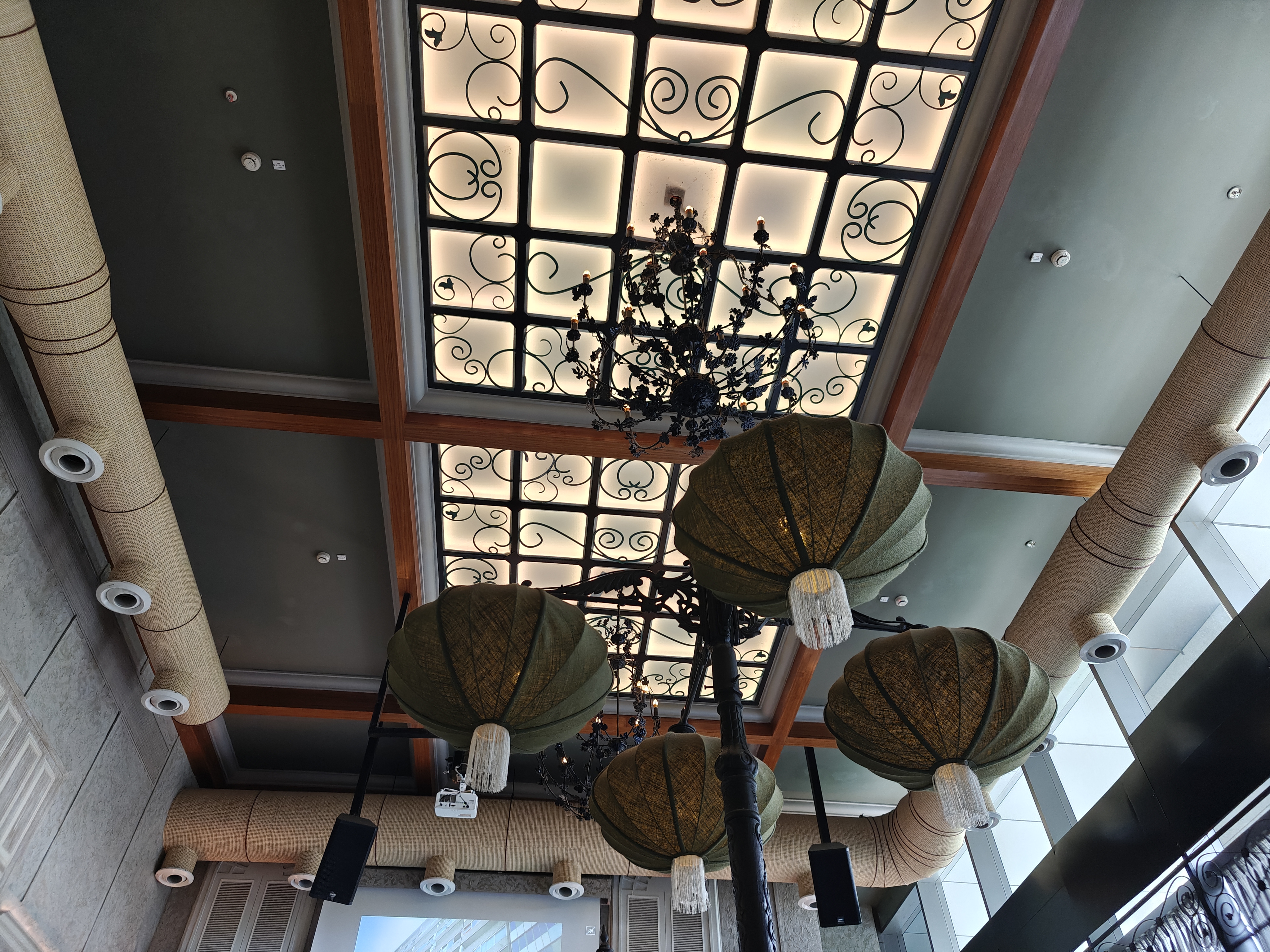Realme’s GT series of phones is its top-tier lineup, and we’ve seen some pretty memorable models in the past. After a two-year long hiatus, Realme is finally releasing global variants of its GT series in select markets, once again. We first got the Realme GT 6T in India in May, which was a rebadged GT Neo 6 SE from China (with 120W charging). Now, Realme has launched the GT 6 in select Southeast Asian markets, which is similar to the GT Neo 6, but with a tweaked camera configuration.
The GT series has always been about sheer performance, and the new Realme GT 6 packs the most popular SoC of the season, the Qualcomm Snapdragon 8s Gen 3. We’ve already seen it in phones like the POCO F6, the recently announced Motorola Edge 50 Ultra, and Xiaomi 14 CIVI. The GT 6 goes beyond raw power, as it debuts Realme’s take on AI in phones, which it calls ‘Next AI.’ There’s a lot to unpack, so let’s begin with the pricing.
Realme GT 6: Price and availability
India will be getting three variants of the GT 6, starting with 8GB RAM and 256GB of storage for ₹40,999 (around $492). The second variant gets 12GB of RAM and 256GB of storage for ₹42,999 ($516), while the top-spec variant comes with 16GB of RAM and 512GB of storage, priced at ₹44,999 ($540). With the launch offers and discounts in place, you can knock about ₹5,000 from the prices, which makes the phone seem more attractive.
The Realme GT 6 does not have a microSD card slot, so it’s best to choose your variant wisely from the get go. Also, all variants are said to have UFS 4.0 storage and LPDDR5X RAM. The phone comes in two colors — Razor green and Fluid silver — and both look very nice.
The glossy finish of the rear glass is a major pain to keep clean, as it attracts fingerprints very easily. Thankfully, there’s a case in the box to help mitigate this. You also get the 120W fast charger with the phone, which we’ll talk more about in a bit.
| Category | Realme GT 6 |
|---|---|
| OS | Realme UI 5.0 (Android 14) |
| Display | 6.78-inch Curved LTPO AMOLED, 1.5K (2,780×1,264), 120Hz refresh rate |
| Chipset | Qualcomm Snapdragon 8s Gen 3 |
| RAM | 8GB, 12GB, 16GB LPDDR5X |
| Storage | 256GB, 512GB UFS 4.0 |
| Audio | Stereo speakers, OReality Audio |
| Connectivity | 5G, Wi-Fi 6, Bluetooth 5.4 |
| Security | In-display fingerprint sensor |
| Protection | IP65 water and dust resistance |
| Battery | 5,500mAh, 120W SUPERVOOC charging |
| Cameras | Rear: 50MP Sony LYT-808 with OIS primary + 50MP Samsung JN5 telephoto (2x optical zoom) + 8MP Sony IMX355 ultrawide; Front: 32MP Sony IMX615 sensor |
| Dimensions & weight | 162mm × 75mm × 8.6mm, 199g |
| Colors | Fluid Sliver, Razor Green |
Realme GT 6: What I like

The display on the Realme GT 6 is something that will immediately grab your attention. It’s a flagship-grade AMOLED screen measuring 6.78 inches, with a 1.5K (2,780×1,264) resolution. The 120Hz refresh rate is also truly adaptive thanks to the LTPO tech, which allows it to scale to 1Hz when there’s no touch input or app running in the foreground. This 10-bit display supports the DCI-P3 color gamut, 2,160Hz PWM dimming when the brightness is low (DC dimming when brightness is above 70 nits), and Dolby Vision and HDR10+ playback.
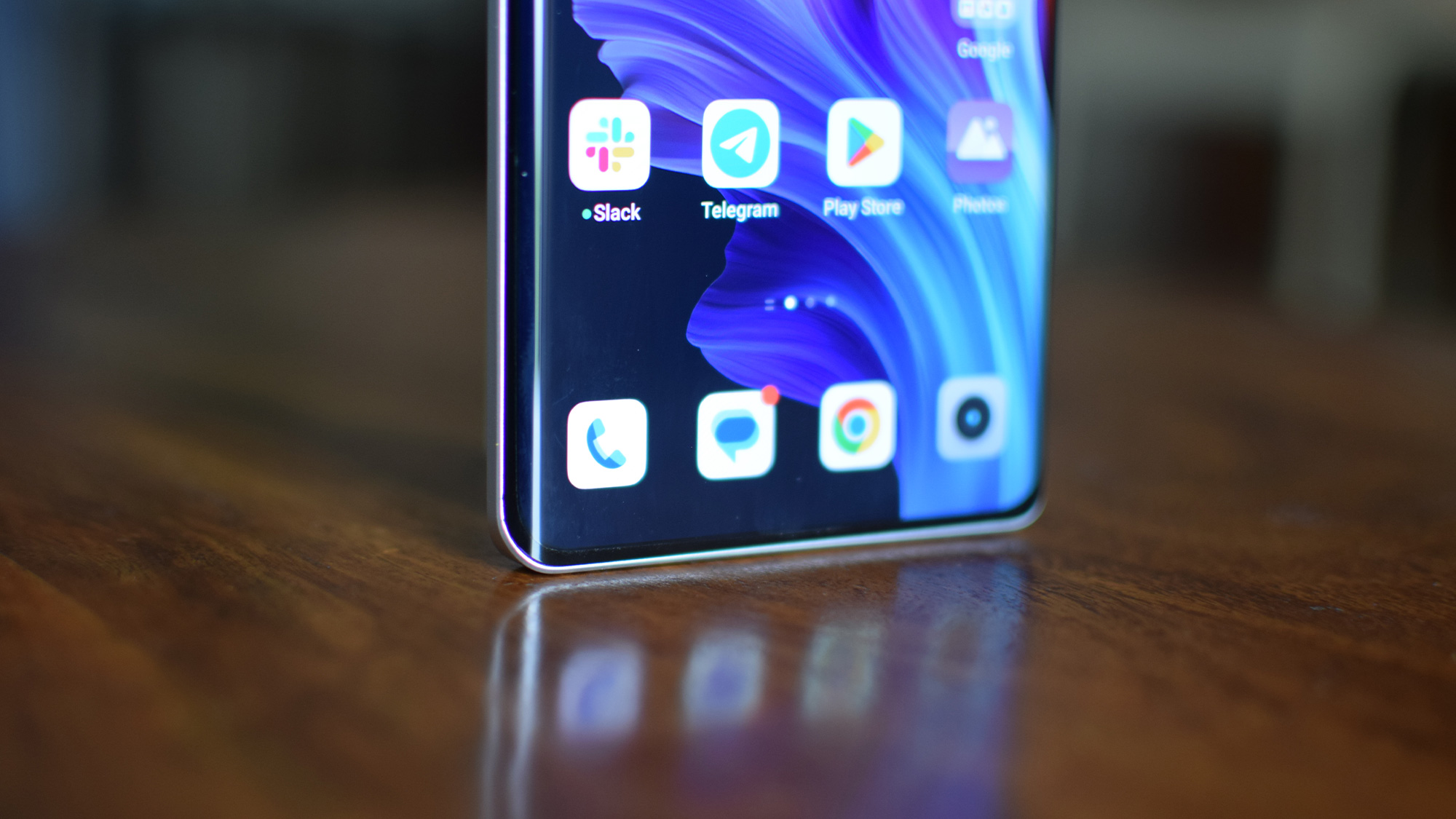
The GT 6 also has one of the brightest displays in its segment, with a 6,000 nits local peak brightness rating, and 1,000 nits typical brightness. Rounding off this impressive spec list is Gorilla Glass Victus 2 for scratch and shatter protection. The curved edges on the sides of the display complete the flagship look.
I found the display to be very legible even under harsh sunlight. Colors have just the right amount of saturation with the default color profile and there isn’t any noticeable color shift when viewing the display off-axis.

The display settings lets you enable “Extra brightness” if you need it, and you can set the threshold for minimum brightness in low light, which is a very useful feature. For those who wish to conserve some battery, can drop the resolution lower, although this isn’t really needed. HDR videos look great on the GT 6, and Realme’s Photo’s app supports ProXDR viewing for still images. Finally, there’s an optical in-display fingerprint sensor which works well, but its placement is a bit too low for my liking.

Performance has always been the core strength of the GT series, and the latest Snapdragon 8s Gen 3 in the GT 6 hits the spot. We’ve already talked about it in our POCO F6 review, but in short, it’s a scaled down Snapdragon 8 Gen 3 SoC with a different CPU cluster (1+4+3) configuration and lower clock speeds, a lower rung GPU and 5G modem, and lower memory frequency. While all this adds up to lower performance compared to the 8 Gen 3, it’s still the most powerful SoC in the mid-range segment, besting even last year’s flagship 8 Gen 2 in some benchmarks.
| Category | Realme GT 6 | POCO F6 | OnePlus 12R | ASUS Zenfone 11 Ultra |
|---|---|---|---|---|
| PCMark Work 3.0 (Overall) | 19164 | 15491 | 12189 | 20182 |
| PCMark Work 3.0 (Web Browsing) | 24314 | 14944 | 12111 | 25091 |
| PCMark Work 3.0 (Video Editing) | 6727 | 7691 | 5548 | 8177 |
| PCMark Work 3.0 (Writing) | 24957 | 17327 | 15752 | 26438 |
| PCMark Work 3.0 (Photo Editing) | 44987 | 26584 | 19074 | 40010 |
| Geekbench 6 (single-core) | 1975 | 1762 | 1332 | 2226 |
| Geekbench 6 (multi-core) | 5077 | 4608 | 4475 | 6917 |
| 3DMark Wild Life Extreme (score) | 3176 | 2947 | 3686 | 5211 |
| 3DMark Wild Life Extreme (FPS) | 19.02 | 17.65 | 22.07 | 31.21 |
| 3DMark Solar Bay (score) | 5262 | 4983 | 5330 | 8693 |
| 3DMark Solar Bay (FPS) | 20.01 | 18.94 | 20.27 | 33.05 |
The Realme GT 6 posted higher benchmark numbers than the POCO F6, which has the same SoC. Temperatures were also well under control when running these tests, which shows that the vapor cooling system was doing its job well. The 8s Gen 3 is not too far behind last year’s flagship 8 Gen 2 SoC, as seen in the 12R’s scores. However, the latest 8 Gen 3’s GPU and more powerful CPU clusters manages to keep a good lead over the 8s Gen 3, as seen in the scores of the Zenfone 11 Ultra.
Games ran just fine on the GT 6, with little to no stutter. Asphalt 9: Legends looked great and ran at a steady 60fps. First-person shooters like Battle Prime pushed the temperatures higher, with an indicated 42 degrees, but this was still manageable without the case. Genshin Impact looked gorgeous at the ‘Highest’ graphics setting and 60fps enabled. Once again, the indicated phone temperature went up to 43 degrees, but nothing beyond that even after about 20 minutes of gameplay.

General performance of the GT 6 was also top-notch. The phone rarely skipped a beat with multi-tasking and the interface and apps felt fluid to interact with. The stereo speakers are loud and sound good, the haptic engine offers good tactile feedback, and there’s an IR blaster on the top of the frame for controlling things like your TV or air purifier. Wireless and 5G performance was also solid as calls and network coverage was good in the few weeks I used the phone. The GT 6 has dual-SIM support, Bluetooth 5.4, NFC, and Wi-Fi 6. The chassis is also IP65 rated for dust and water resistance.
Battery life is another major plus point for the Realme GT 6. The massive 5,500mAh capacity easily lasted me a good two days on average with light to medium usage. Even with heavy gaming and camera usage, I could still get up to a day and a half before I had to charge it. I rarely had battery anxiety with the GT 6 when I stepped out of the house, even if it wasn’t fully charged. Wireless charging is missing, but I doubt anyone will really miss it when you get a 120W fast charger in the box.

With the battery at roughly 11%, I could charge it up to 97% in just 30 minutes, which is bonkers. The only issue is that the charger is massive and you’ll need this special SUPERVOOC charger only to be able to achieve such speeds. Luckily, you’ll still be able to get 80W or 65W fast charging if you have older fast chargers from OnePlus or OPPO lying around, as they all use the same charging technology.

Considering it is a performance-focused phone, the Realme GT 6 packs some neat cameras, and even gets an additional telephoto camera over the China-only model. The primary camera uses a 50MP Sony LYT-808 module with an f/1.69 aperture and OIS; the ultrawide has an 8MP Sony IMX355 with an f/2.2 aperture (fixed focus); while the telephoto is a 50MP Samsung JN5 with an f/2.0 aperture with stabilization. The selfie camera uses a Sony IMX615 32MP sensor.

In daylight, all the rear cameras of the GT 6 capture detailed photos but with slightly varying white balance. The main sensor gets the truest representation of the scene, while the ultrawide has a warmer tone and the telephoto has a cooler one. The ultrawide captures slightly softer textures and grain is more noticeable in shadow regions, but you’ll only see these drawbacks if you zoom into the photo.
The telephoto’s optical magnification of 2x produces sharp portraits, and details are still decent till about 10x zoom, after which it starts to weaken. I noticed some minor metering issues too under harsh lighting at 2x zoom, where whites were blown out. Zooming in a bit more tended to fix this, but with a slight drop in quality.
The GT 6 produces sharp visuals in low light too, thanks to a very effective night mode. A slower shutter speed is automatically engaged which helps bring out the details and colors of objects in the dark. This works quite well with the ultrawide camera too. The phone will only switch to the telephoto camera at night if your subject is well lit, else, it’ll simply digitally zoom in using the main camera.
The optical stabilization of the main sensor is quite impressive at night, as it keeps your subject in sharp focus even with a long exposure shot. The main and telephoto cameras, both, bin images down to 12MP by default. You can shoot full 50MP images with the two of the rear cameras using the ‘HI-RES’ mode.

I’m not a big selfie person, but I’d say most users should be more than happy with the quality of photos it captures. Daylight shots pack in plenty of details, colors are well represented, and Portrait mode works well. Photos are above-average even with indoor lighting. At night, the long-exposure shots produce decent details and colors. Beauty filters are enabled by default, and while I didn’t find them to be too intrusive, you can disable them altogether.
Video recording is quite impressive too. The Realme GT 6 can record up to 4K 60fps and up to 4K 30fps Dolby Vision HDR videos with the main and telephoto cameras. The selfie camera can also capture 4K 30fps standard videos, making this a good phone for vlogging. The ultrawide is the only camera that’s limited to 1080p 30fps for recording, which is a shame. I wish Realme had used a better sensor for the ultrawide camera in order to complete the experience.
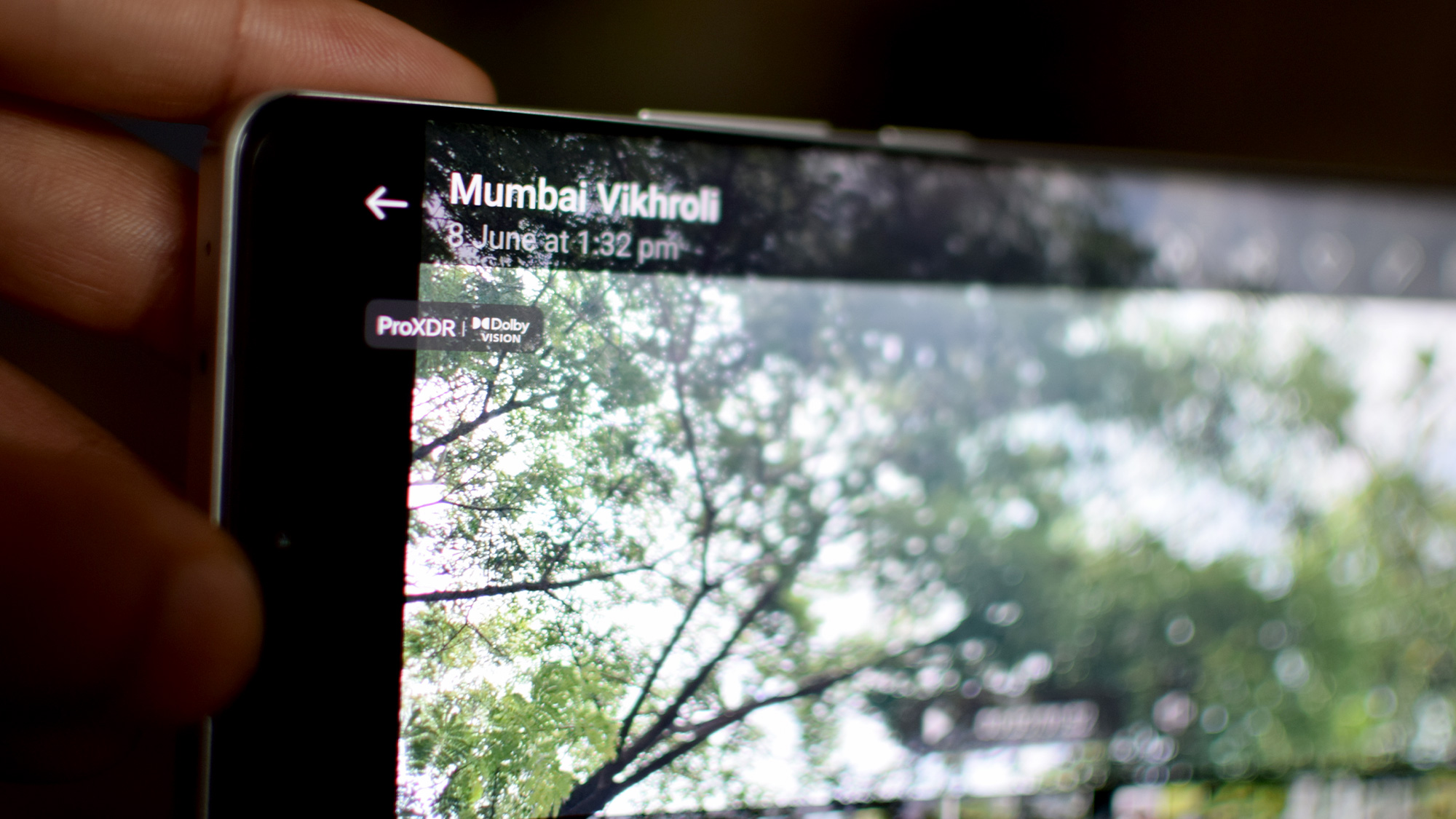
Daylight video quality is very good from the main and telephoto cameras. HDR videos especially look good on the GT 6’s display. Videos captured at night are decent if there’s enough light, but walking about introduces quite a bit of jitter. Videos shot using the ultrawide camera are strictly average in the day and are just about usable in low light. An ‘AI night vision’ toggle pops up in the viewfinder in really low-light conditions, which helps in getting brighter videos but this also adds noise to the footage. It’s worth noting that this AI feature can be used even at 4K 30fps.
Realme GT 6: Jumping on the AI bandwagon

It seems like Realme didn’t want to miss out on the AI boom, so it’s adding its own flavor to its phones. Called ‘Next AI’, this software-based feature debuts with the GT 6 and will be rolled out to the GT 6T, and possibly other models too via an update. There are four AI features to start off with, which are AI Smart Removal, AI Night Vision, AI Screen Recognition, and AI Smart Loop. The latter two features need to be enabled, and can be found under ‘Special features’ in the Settings app.

AI Smart Loop is kind of a quick-share pop-up carousel, which lets you share images or text directly from one app to the other. You can manually add up to five apps to the drawer or let the system decide based on your usage pattern. To share something quickly, you simply long-press the file or photo and drag it to either edge of the display to bring up your apps. This method has its quirks at times though, like when you hold the display to pause an Instagram story and the system thinks you want to share it instead.
AI screen recognition works on screenshots or directly within certain supported apps. This can be activated by various gestures, and it lets you share or save images and text individually. The AI Eraser feature uses OPPO’s AndesGPT platform for processing edits in the cloud. Similar to Google’s Magic Eraser, you can remove objects from the scene or blur out imperfections on objects. The end result is pretty decent most of the time. I can see the screen recognition and editing features being handy, and more Realme phones should benefit from this soon.
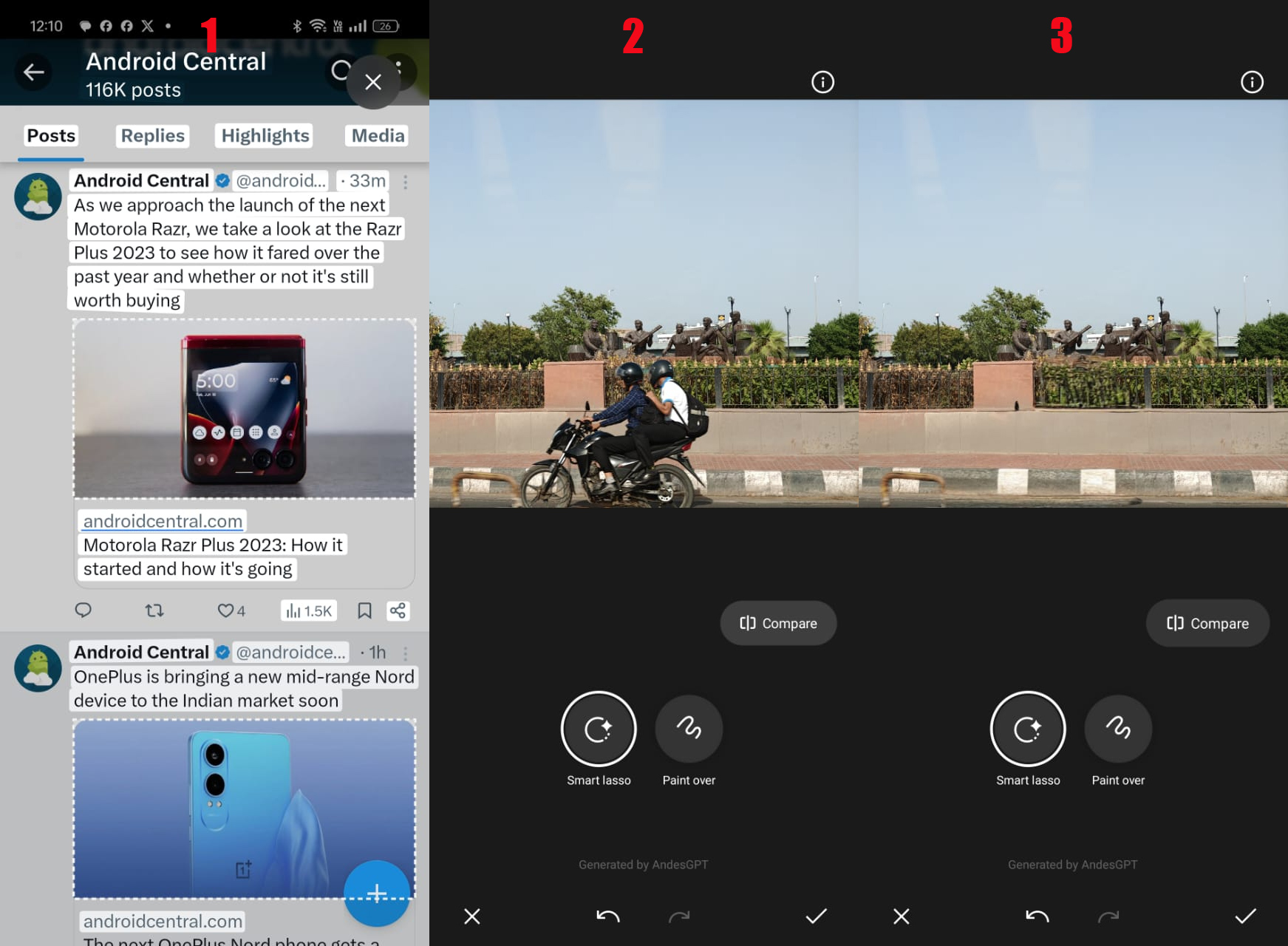
The GT 6 runs Realme UI 5.0 which is based on Android 14. Realme has committed to three years of OS upgrades and four years of security patches, which is not bad. One thing I did notice was far less spam and app clutter when I first set it up, which is a step in the correct direction. Many unnecessary apps are still present, but it’s organized in a way where you don’t immediately notice them.
Realme GT 6: What I don’t like

While the Realme GT 6 gets most things right, there are a few areas where it could have done better. It’s not a very thick phone, but it weighs 199g and that is noticeable in your pocket. The other issue I have is with the rear glass panel. It certainly gives the phone a premium feel, but the glossy nature makes it a magnet for fingerprints and it ends up looking untidy after a few minutes of holding it.
The mirror-like strip across the cameras doesn’t help its cause either. My other gripe is with the glass itself, as Realme says it’s a standard panel with no rated scratch or shatter resistance. This means, you most certainly will need to use this phone with a case.
The outer frame of the GT 6 is polycarbonate, which does reduce the impact of heat on your fingers when gaming, but an aluminum frame would have elevated the touch experience and given it a more premium feel. Finally, there’s the crippled ultrawide camera which simply doesn’t match up to the capabilities of the other two rear cameras.
Realme GT 6: Competition

The Realme GT 6 has plenty of competition, but I think it packs enough merit to separate itself from the rest. First, you get the new set of mid-range flagships with the Snapdragon 8s Gen 3 posing as the GT 6’s immediate rivals. There’s the POCO F6, which offers amazon value for its low starting price of just ₹30,000 (about $360). Just like the GT 6, it too has a terrific display, strong primary camera, and is a great all-rounder.
The Xiaomi 14 CIVI is a recent entrant starting at ₹43,000 ($515). Its unique selling points are the Leica-branded cameras, and slim and lightweight design.
If you want a good looking phone, Nothing’s Phone 2 is a great deal right now with the top-end variant down to Rs. 39,999 ($480). What it lacks in raw power, it certainly makes up with one of the best Android implementations outside a Pixel phone. The OnePlus 12R is another solid offering that starts at the same price. It has flagship-level specs, slick software, excellent battery life, and a wonderful main camera.
If you’re in the U.S., then the Pixel 8a is probably the best pick under $500. It has a compact design, the best software, excellent cameras, and is destined to get software updates for the next seven years.
Realme GT 6: Should you buy it?

You should buy it if…
- You need strong mid-range gaming phone
- You want versatile cameras
- You need the quickest possible charging
- You need a bright and vivid display
You shouldn’t buy it if…
- You need a good quality ultrawide camera
- You want a lightweight phone
- You hate wiping off fingerprints
Realme could have taken the lazy route and simply rebadged the GT Neo 6 for the global market and called it a day. It would have still been a good product, but probably less impactful against the competition. By adding the 50MP telephoto, the GT 6 has become a more competitive offering in its segment. Nearly all of its cameras are highly competent and capture quality shots, with the ultrawide being the exception. Dolby Vision video recording is a nice bonus to have. The GT 6 looks stylish, has very good gaming performance for its class, a bright display, and excellent battery life. Those looking for AI features will find a few useful ones here too.
If it’s just the processor you’re after, then the POCO F6 has everyone beat offering the best value for money. On the other hand, if you want a decent telephoto camera, more effective cooling system for gaming, and better battery life, I think it’s worth spending a bit more to get the GT 6.

A powerful mid-range contender
The Realme GT 6 checks most of the right boxes for its segment, giving you a feature-packed phone with little to complain about. You get a stunning display, excellent performance, great battery life, and very main and telephoto cameras.
👇Follow more 👇
👉 bdphone.com
👉 ultraactivation.com
👉 trainingreferral.com
👉 shaplafood.com
👉 bangladeshi.help
👉 www.forexdhaka.com
👉 uncommunication.com
👉 ultra-sim.com
👉 forexdhaka.com
👉 ultrafxfund.com
👉 ultractivation.com
👉 bdphoneonline.com




